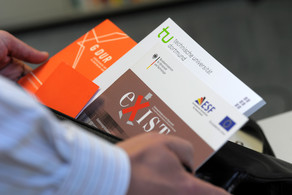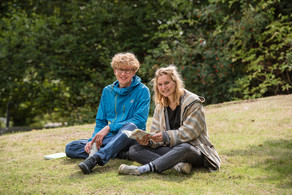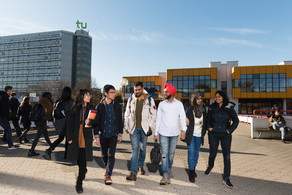German and Russian physicists study magnetic properties of promising materials
- Research
- Top News
- Press Releases
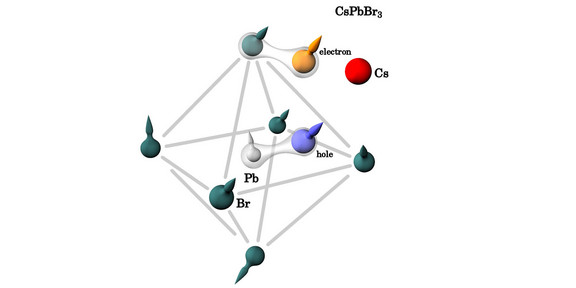
A few years ago, it was shown that a special class of perovskite crystal structures, so-called lead halides, can convert light into electricity very well. Since the manufacturing costs are low, they could be used to produce solar cells cost-effectively. Conversely, the perovskite crystal structures exhibit intense light emission when current flows through them. Thus they could also be used to manufacture light-emitting diodes.
Their practical versatility raises hopes for further applications as well: It should be possible to use light to spatially align the spins of crystal structures of charge carriers. With that, they could be used as storage media, in both classical and quantum technology fields, that would require very little energy to operate.
To do this, the scientists need to find out more about the spin properties of these crystal structures. For that purpose, a team around Dr. Vasilii Belykh at TU Dortmund University has, for the first time ever, conducted systematic experiments to understand the spins themselves and how they interact with their environment.
A variety of possible uses
Specifically, the scientists studied CsPbBr3 perovskite crystals that were produced at ETH Zurich. The physicists observed what happens when short, intense laser pulses strike the crystal structures at low temperatures and in strong magnetic fields. Dr. Belykh and his colleagues found out, on the one hand, that the spins of the electrons in the crystals react strongly to the laser pulses. That means the spins can be influenced selectively. That alone makes the perovskite crystals interesting for possible use as a storage medium. On the other hand, they also exhibit an intense interaction with the atomic nuclei in the crystals. This interaction could be cleverly exploited to achieve significant further increases in the life span of a magnetic storage device – the information should ultimately remain reliably stored on a hard disk.
With their models, scientists of the Ioffe Institute in St. Petersburg, which collaborates with TU Dortmund University in the Collaborative Research Center, were able to provide excellent theoretical descriptions for the observations.
About the scientist
Vasilii Belykh came to Dortmund as a postdoctoral researcher in 2015, to work in the German-Russian Collaborative Research Center 160. After more than three years, he returned to Russia in the fall of 2018 and now works as a senior scientist at the P. N. Lebedev Institute of the Russian Academy of Sciences in Moscow. The close ties to Dortmund still exist, nonetheless, strengthened by mutual exchange visits.



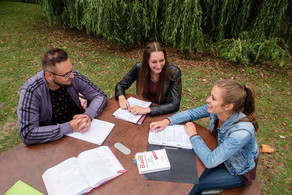
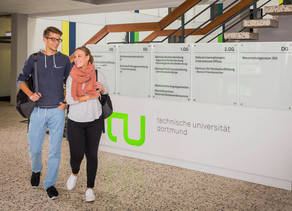
![[Translate to English:] Partner Four hands are holding the green logo of TU Dortmund University](/storages/tu_website/_processed_/1/d/csm_Partner_Nicole_Rechmann_KW_670eba0154.jpg)

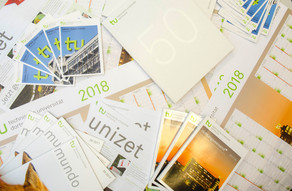

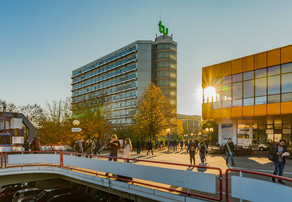
![[Translate to English:] Forschung An apparatus with tubes in a laboratory](/storages/tu_website/_processed_/0/c/csm_Forschung_Juergen_Huhn_4fa3153b51.jpg)
![[Translate to English:] Studium Five students are sitting in a lecture hall. They are talking to each other.](/storages/tu_website/_processed_/c/9/csm_Studium_FelixSchmale_dbdbfb0dd7.jpg)
